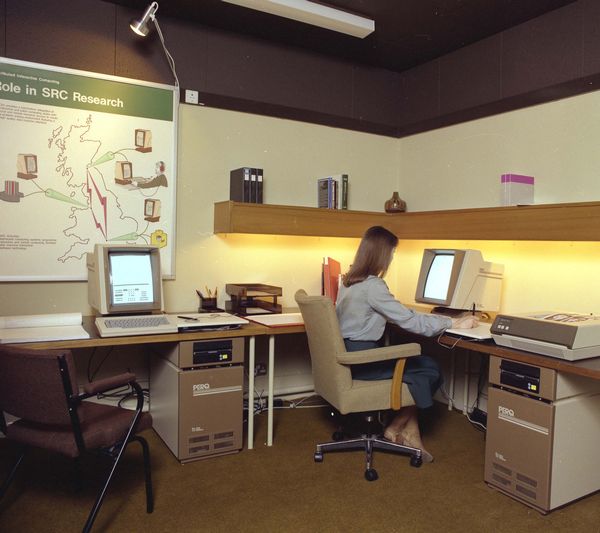

The Common Base Project within the Science and Engineering Research Council (SERC) had a greater commercial relevance than many of SERC's activities. In general, SERC's aim was to provide funds for research in the science and engineering areas backed up by central facilities when they were too expensive for local university groups to own. Telescopes in Hawaii, particle physics accelerators, lasers and electron beam lithography are examples of central facilities.
Through the success of the Engineering Board's Interactive Computing Facility, it was apparent that a better return on investment and better fertilisation between research groups could be obtained by using common facilities with central support. The Prime and GEC multi-user systems, centrally supported, provided good interactive facilities for engineers from 1975 until 1988.
When single user workstations started to appear in 1979 with the likelihood that there might be as many as 100 companies in the market, SERC initiated the Common Base Programme aimed at defining the minimum characteristics that such systems should have, both hardware and software, if they were to be purchased using funds from SERC.

SERC had a long history of supporting UK industry and, in consequence, supported the entry of ICL into this market via its agreement with Three Rivers Computer Company to manufacture and develop the Three Rivers PERQ Workstation. SERC agreed to work with ICL to develop the PERQ as the first hardware platform in the SERC Common Base. There was always a belief that more than one system would be needed in the Common Base. It was unrealistic to expect one system to fit all researchers.
Part of the agreement with ICL was for SERC to help in both the software development and the marketing of the ICL PERQ, particularly in relation to the university and government markets.
This section gives some information on the activities related to publicising the ICL PERQ.